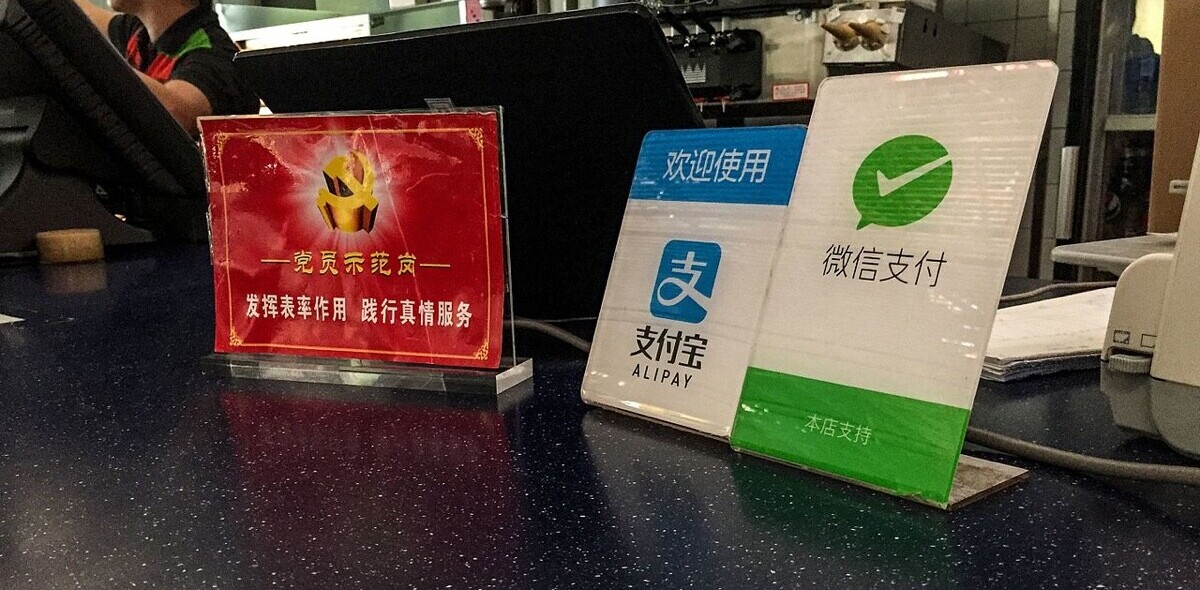
It seems like Chinese e-commerce giant Alibaba is going all out to be the PayPal of the East, mobile-style. The company is taking steps to prep for the overseas expansion of Alipay, the mobile payments company it spun off in 2011, as it also beefs up its existing service in China at the same time.
Alibaba says that Alipay already has about a 50 percent market share in China’s e-payment market, and claims that about 25,000 Alipay mobile transactions take place every minute, resulting in a daily transaction value of more than CNY20 billion ($3.3 billion) on Alipay.
Alibaba, China’s largest retail platform for businesses and consumers, is expected to file a $15 billion IPO next year, which would value the company at more than $100 billion.
As the company starts to woo investors, it is little wonder why it needs to prove it can go beyond just facilitating the buying and selling of goods. Alibaba is thus doubling up efforts to push Alipay, as it seeks to build a complete e-commerce ecosystem that can take root in any country it has its eyes set on next.
Alipay goes overseas
Alibaba desccribes its overseas ambition as an “overall strategy of measured expansion into overseas markets where there are large Chinese-reading populations such as Singapore, Hong Kong, Malaysia and Taiwan.”
Other than just be content with launching its e-commerce sites overseas in these countries, Alibaba is rolling out Alipay side-by-side.
Last month, Alibaba launched its Taobao marketplace in Singapore, seeking to make its mark in Southeast Asia after using Hong Kong and Taiwan as a stepping stone a year ago to make the jump overseas. What is interesting is that Alibaba’s local Singapore office will be seeking to expand the use of online payments through Alipay in Southeast Asia. The company didn’t elaborate on specific plans, which hints that it is still trying to figure out what steps to take in the regional market.
The first step Alibaba took today was to announce in a blog post that Alipay is moving into Taiwan — which would likely give it lessons in trying to conquer other markets.
Alipay will be offering its services in Taiwan in the first half of next year, although it is still subject to crossing regulatory hurdles as Taiwan has strict rules over third-party payment providers.
Working with foreign companies
Alipay has also inked collaborations with foreign companies so they can access Chinese consumers in an easier manner.
In September, Alipay joined hands with Singapore Airlines so Chinese travelers could pay for their air tickets using the payments platform while on the Singapore Airlines’ website. Currently, Alipay works with about 15 international airlines including Cathay Pacific and KLM Royal Dutch Airlines. It has also teamed up with hotel booking website Agoda.
“Alipay is slowly expanding in the travel industry as China’s outbound tourism market booms. In 2012, some 83 million Chinese travelled abroad, spending $102 billion,” the company said in its blog post.
Boosting the Alipay Wallet app
Beefing up the Alipay Wallet app is an important move Alibaba has to take to fulfill its ambitions of bringing its mobile payments platform overseas, and the company announced an upgraded Version 7.6 yesterday. However, the update will only be rolled out before the end of this month on both its Android and iOS apps.
Alipay will formally introduce Official Accounts into its app, after testing it for half a month. This basically means businesses such as banks, telecom operators and merchants can have a presence on Alipay — so other than just paying bills, consumers can follow these accounts to get discount vouchers, change their data plans or even check their bank balances, among other options.
Alipay says that 70 million users have already tried out this feature and it expects this number to grow as more businesses come on board.
To boost its usage, Alipay has also enabled payments to be made offline via soundwave technology — especially convenient for at times when your smartphone loses Internet connection. This new feature will be applicable to payments being processed at vending machines at subway stations, shopping malls and within school compounds. Alipay says that it will likely be expanded to more automated payment processes, including the purchase of movie tickets at certain Beijing cinemas.
Asia is where Alipay will stand out
Alibaba’s ambitions for Alipay are taking root at an opportune time, as many in Asia still lack a credit card and probably will find linking a bank account to a mobile payments platform much easier for payment options.
Furthermore, the problems that the Chinese market is experiencing in terms of making payments successfully via their smartphones — such as erratic Internet connection, limited bandwidth and even trustworthiness of the merchants — are issues that the Southeast Asian market likely faces too.
This means that Alipay is well-placed to enter the market, well before Western companies such as PayPal actually figure out how to target an audience that doesn’t use credit cards as widely as those in the West.
Right now the Alipay Wallet app is entirely in Chinese, which is a huge disadvantage, but Alibaba has already shown that it is making progress in addressing the English-speaking population: with its dual-language Taobao Southeast Asia site and as it launched an English language microsite for Tmall, its B2C shopping site for brands.
It seems like Alipay is trying to take the first step before its fierce Chinese competitor — Tencent-owned WeChat, which folds in Tenpay’s technology — is able to tap on the massive overseas audience it has via its mobile messaging app. In August, WeChat passed 100 million registered user accounts outside China.
Headline image via Peter Parks/AFP/Getty Images, other images via Shutterstock, Shutterstock and Shutterstock
Disclosure: This article contains an affiliate link. While we only ever write about products we think deserve to be on the pages of our site, The Next Web may earn a small commission if you click through and buy the product in question.
Get the TNW newsletter
Get the most important tech news in your inbox each week.







